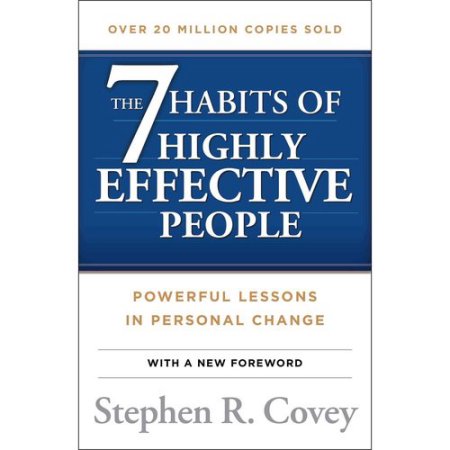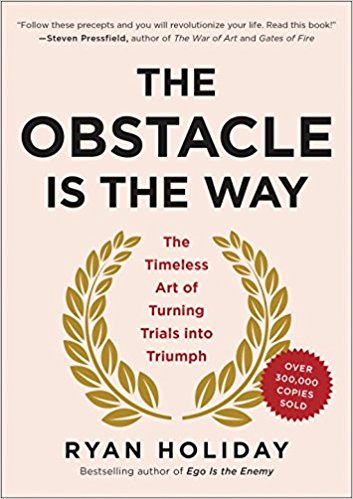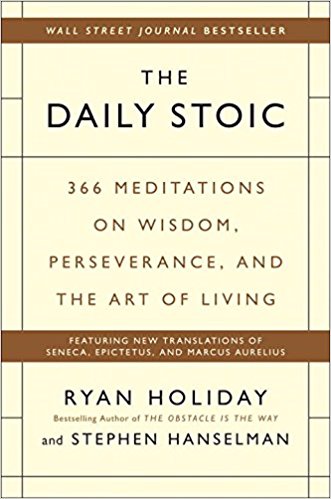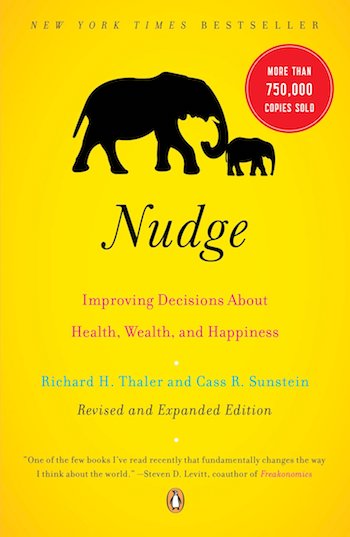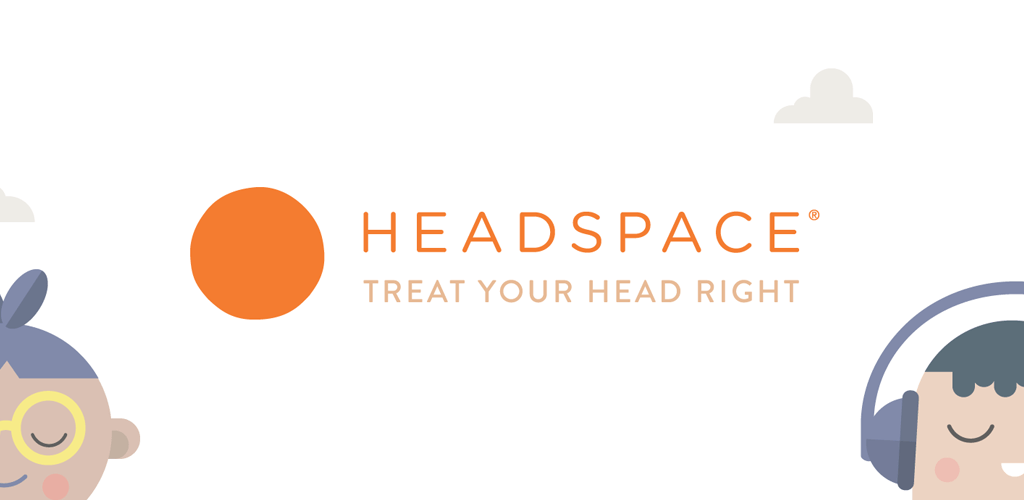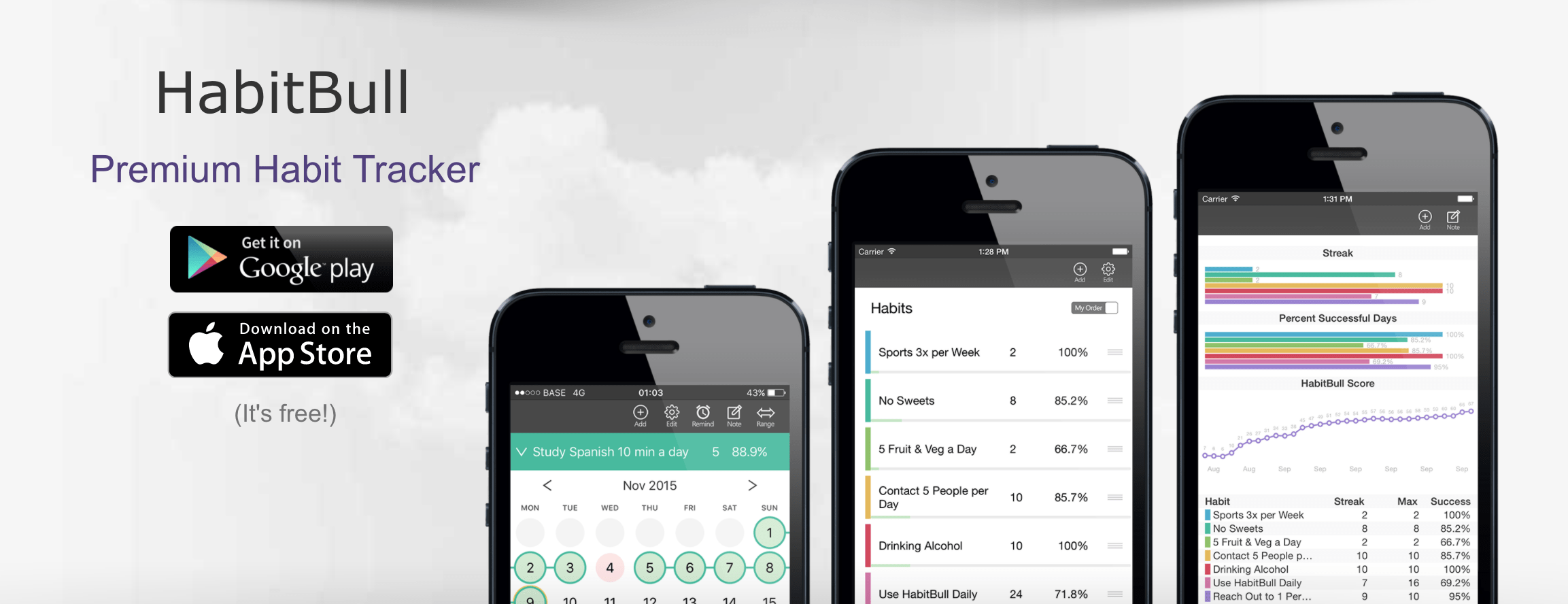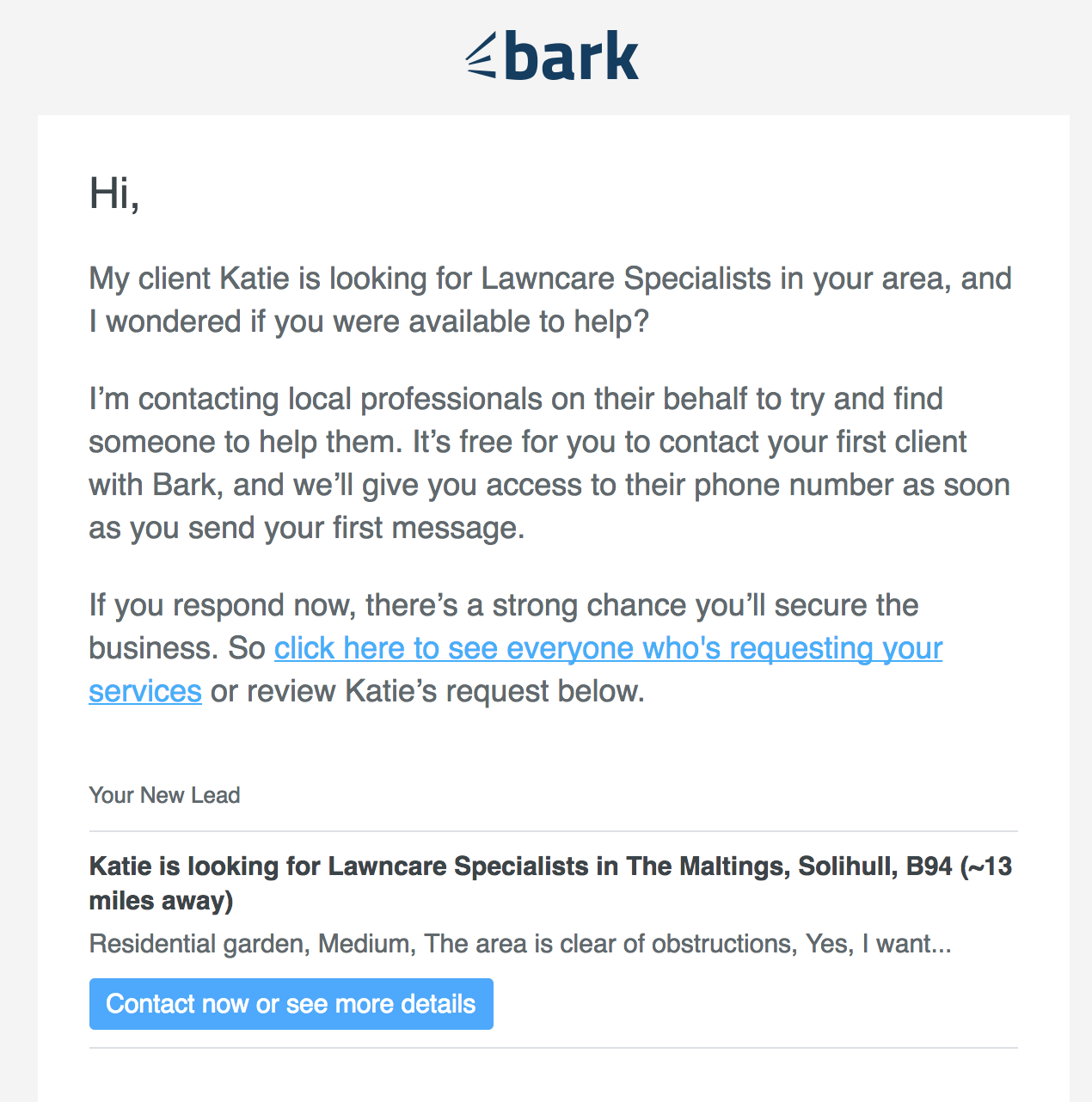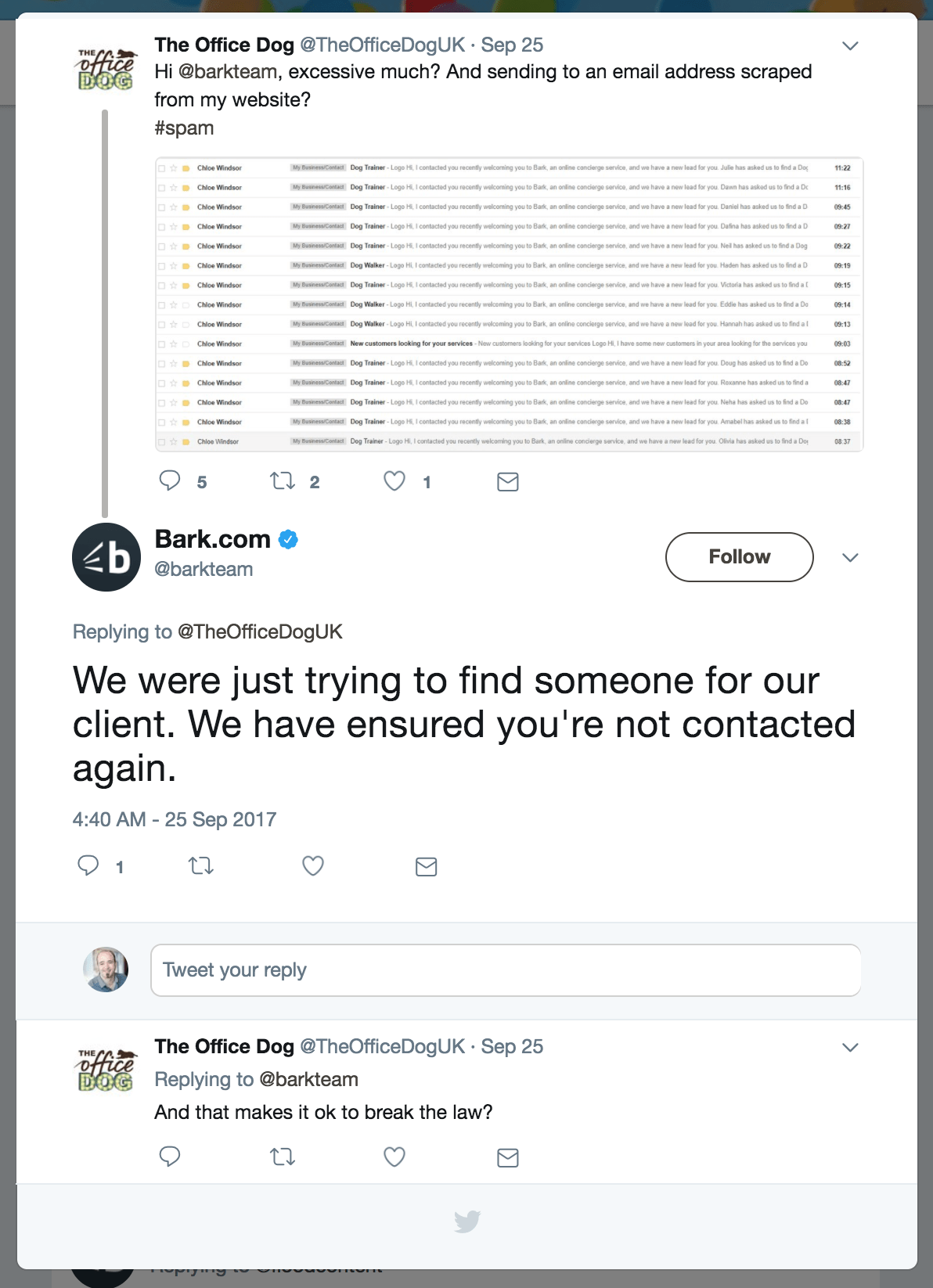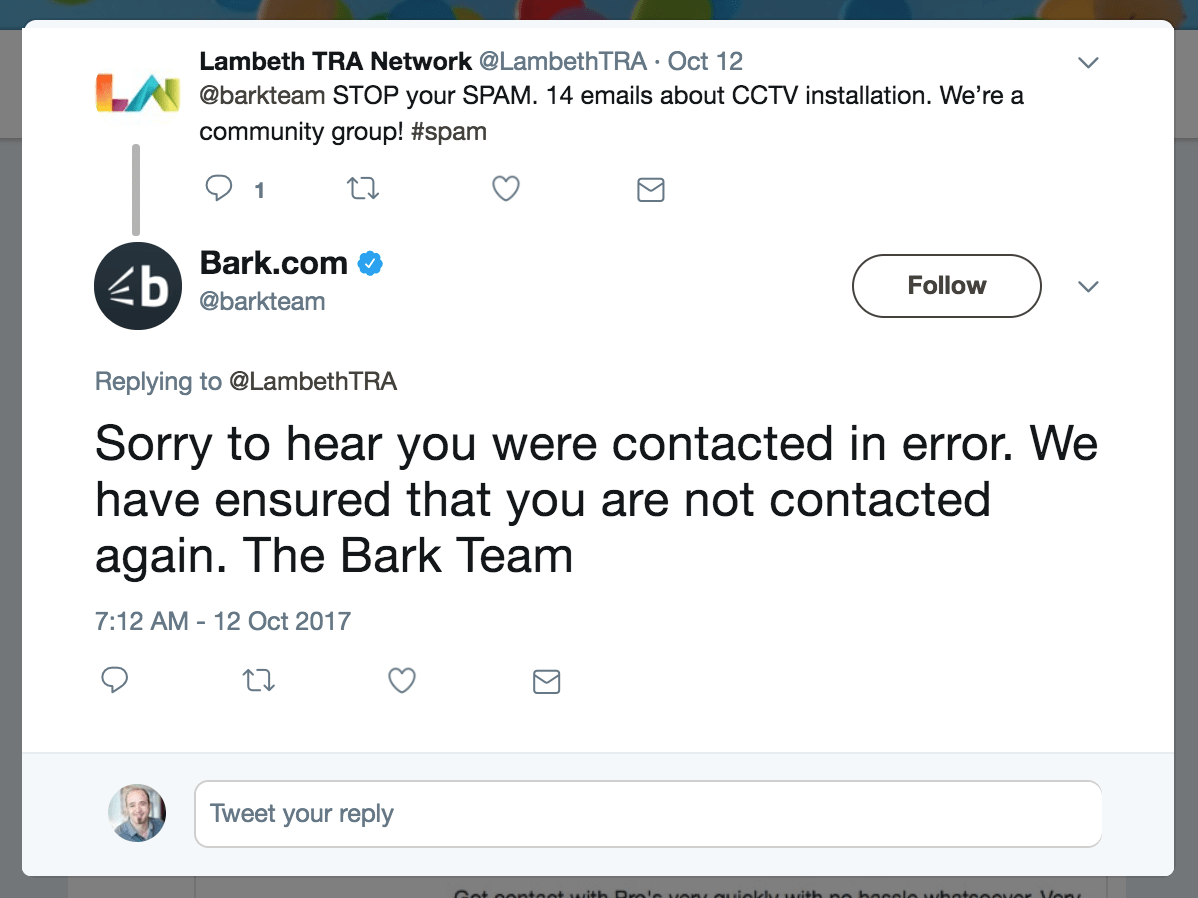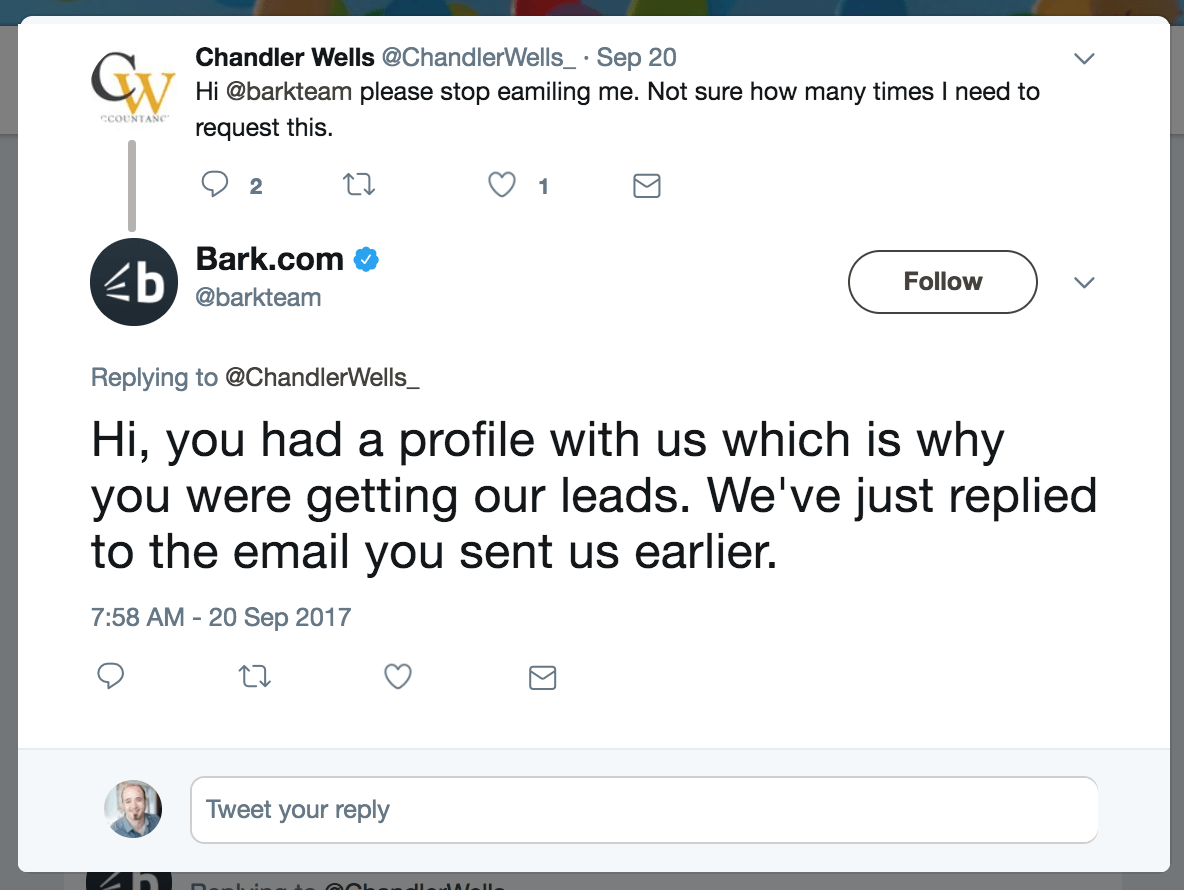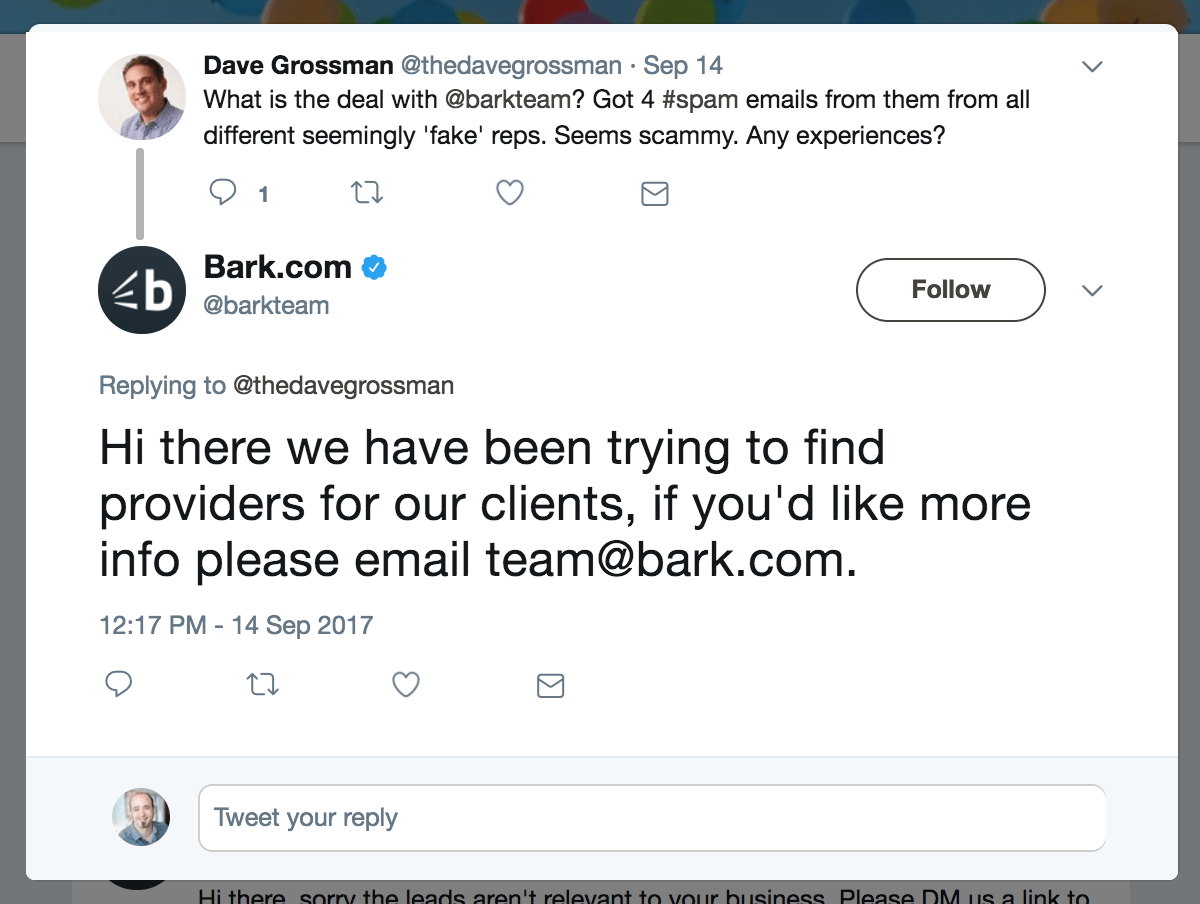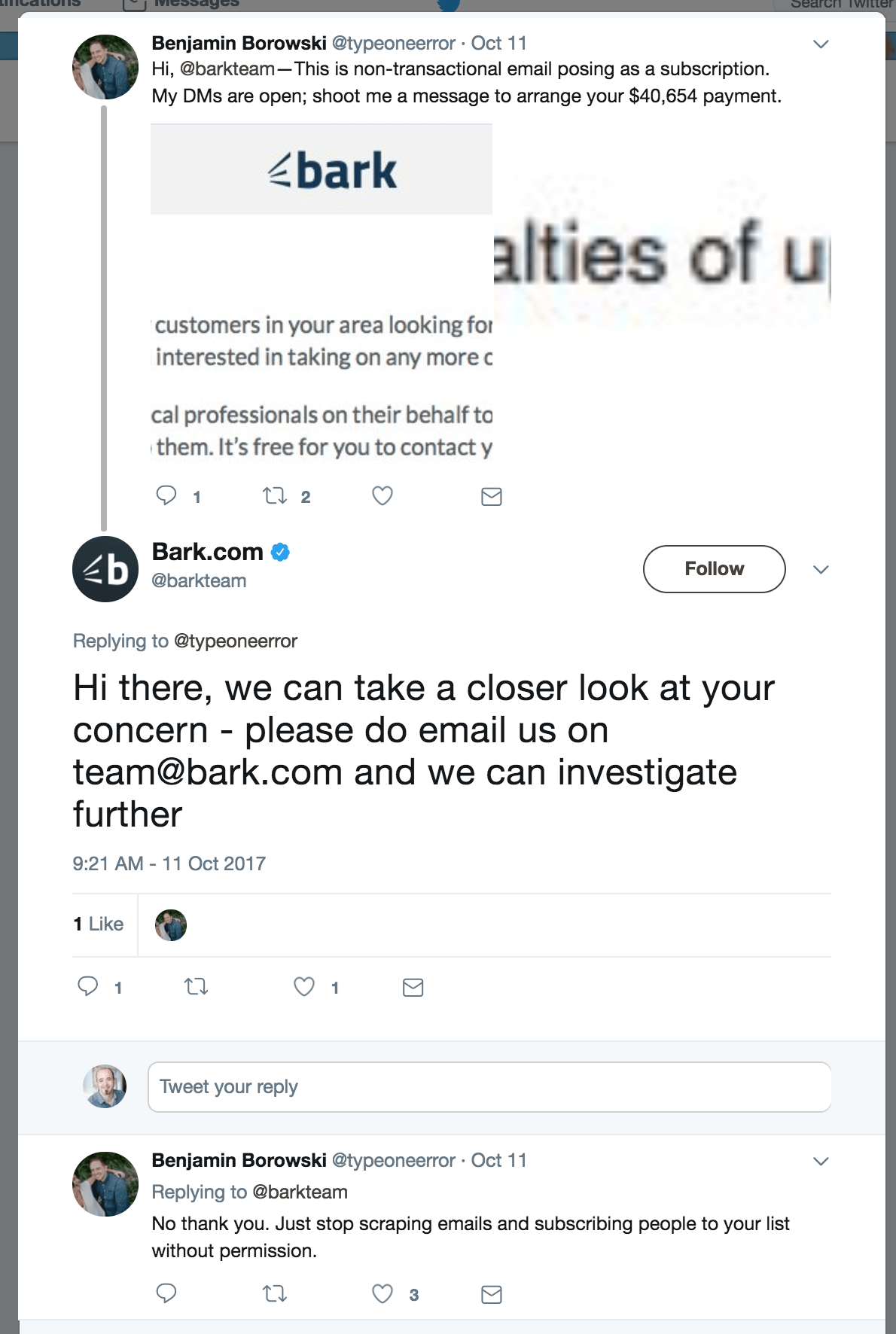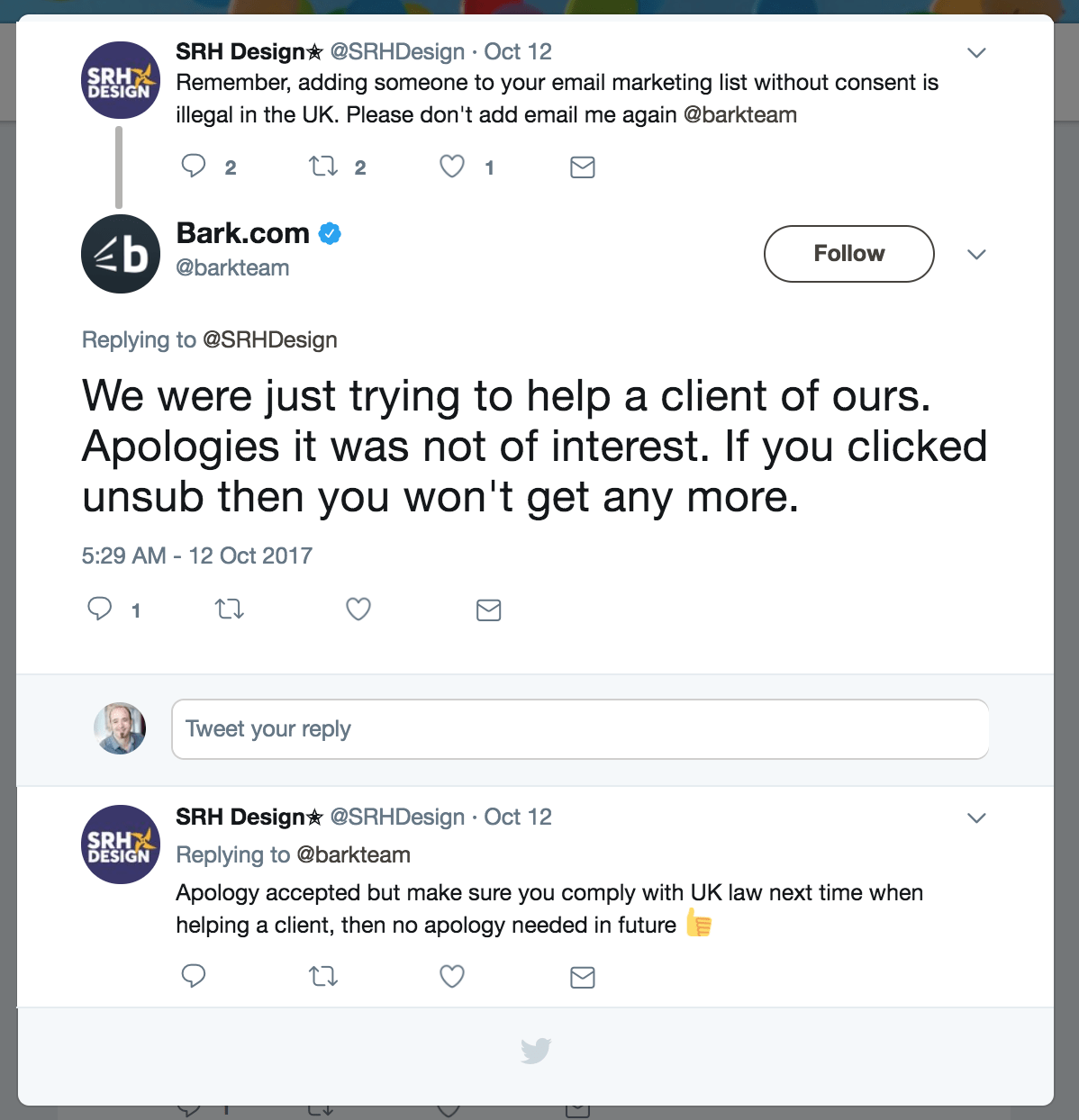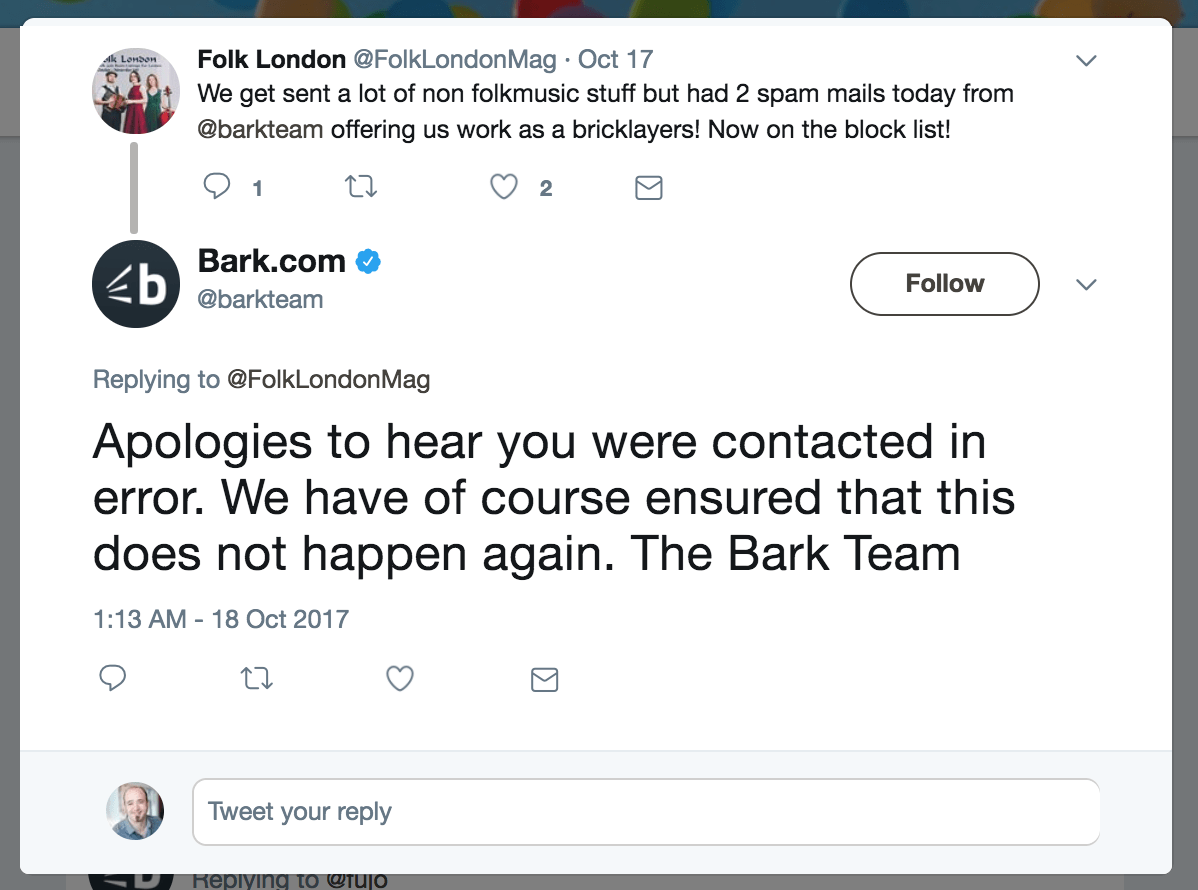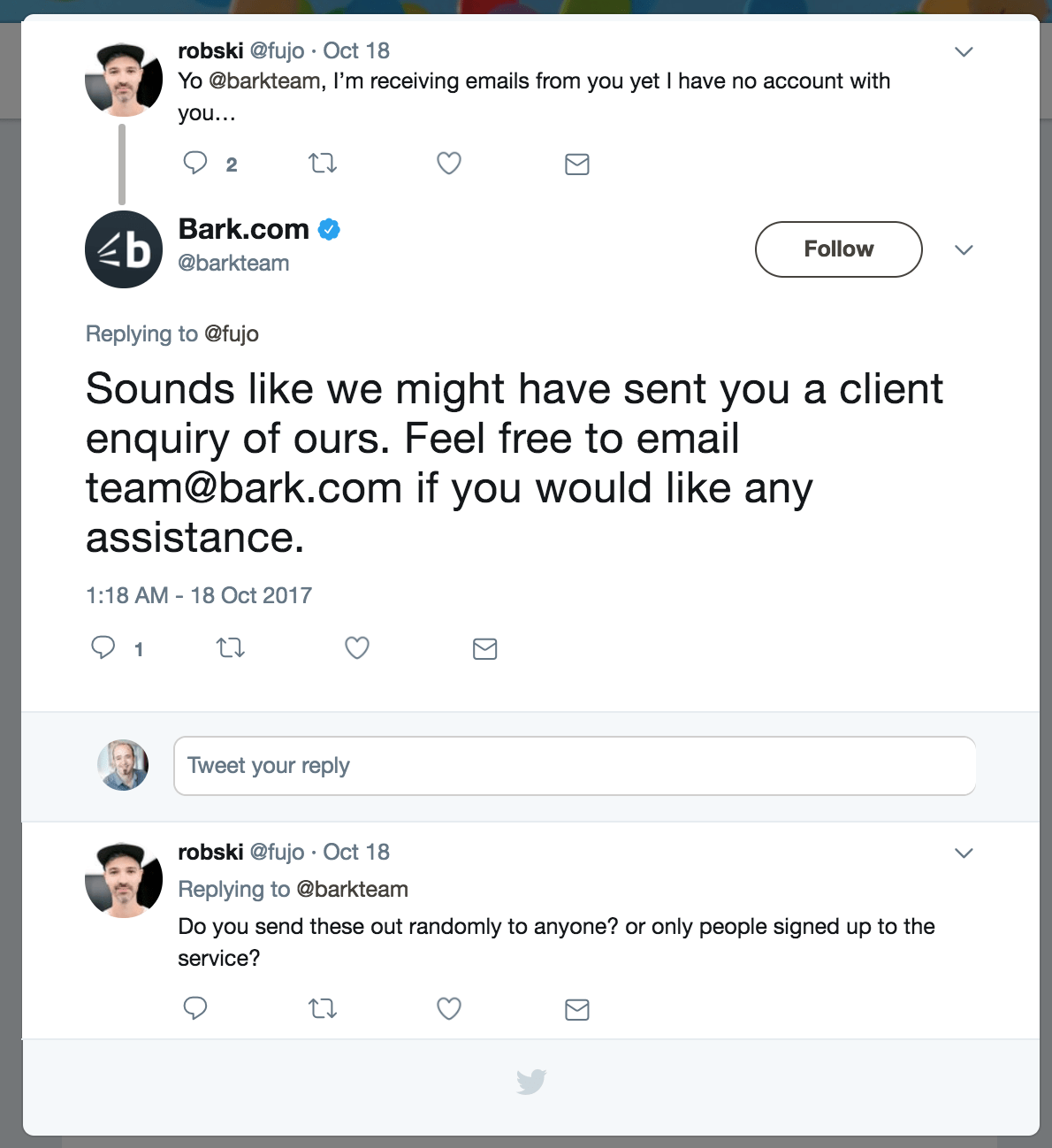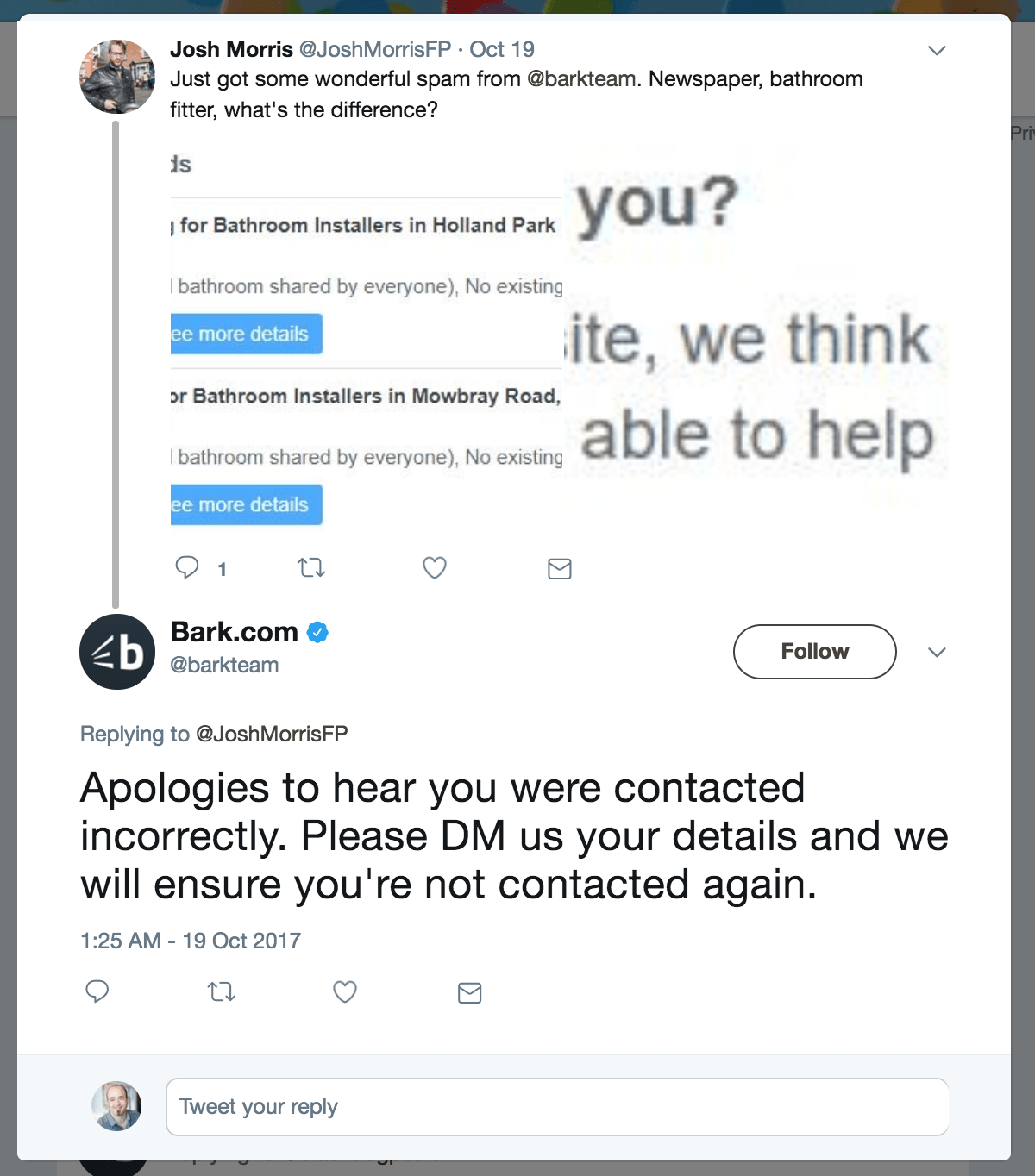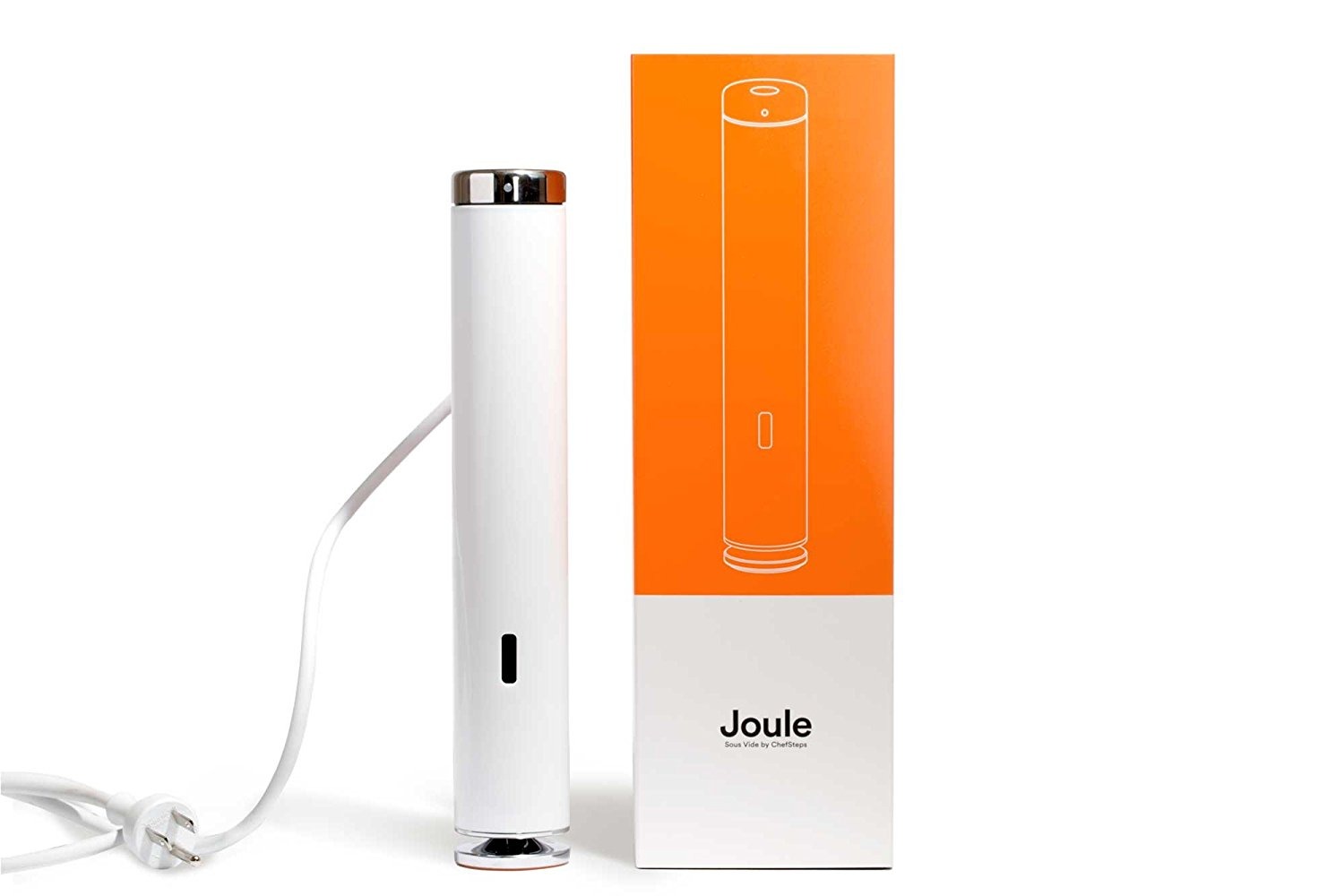
The $150 Personal Development Kit
I am a pretty firm advocate of personal development. I don’t mean those cheesy self-help books that make you walk on coals, promise you a “secret formula” for wealth, and merely bang on about motivation and inspiration. That stuff is largely snake oil.
No, I mean genuine personal development: building discipline and new skills with practice, focus, and patience.
This kind of work teaches you to look at the world in a different way, to sniff out opportunity more efficiently, to treat challenges and (manageable) adversity as an opportunity to grow, to treat failure as a valuable tool for improvement, and to get a better work/life balance.
There is no quick pill or shortcut with this stuff: it takes work, time, patience, and practice, but it is a wonderful investment in yourself. It can reap great rewards in happiness, relationships, productivity, and more.
Sometimes I recommend some personal development resources (that I have found invaluable) when I speak at conferences, and it struck me that it might be helpful to package this up into a $150 Personal Development Kit: a recommended collection of items you can buy to get you a good start. It is a worthwhile investment.
IMPORTANT NOTE: these are merely my own recommendations. I am not making money from any of this, there are no referral links here, and I am not being asked to promote them. These are products I have personally got a lot of value out of, but of course, your mileage may vary.
Overall Approach
The items I am recommending in the kit are based upon what I consider to be the five key goals we should focus on in ourselves:
- Structured – with so much detail in the world, we often focus on only the urgent things, but not the important things. As such, we get stuck in a rat race. We should aim to look ahead, plan, and use our time and energy wisely so we can balance it on the things we need to do and the things we love to do.
- Reflective – we should always evaluate our experiences (both good and bad) to see how we can learn and improve. We want to develop a curiosity that manifests in positive adjustments to how we do things.
- Stoic – life will throw curveballs, and we need to train ourselves to manage adversity with logic, not emotion, and to find opportunity even in challenging times. This will strengthen us.
- Mindful – we need to train ourselves to manage our minds to to be less busy and have a little more space. This will help with focus and managing stress.
- Habitual – the only way in which we grow and improve is to build good habits that implement these changes. As such, we should be explicit in how we design these habits and stick to them.
Let’s now run through these recommendations and I will provide some guidance on how to use them near the end of this post.
Books
Reading is a critical component in how we grow. Much of humanity’s broader wisdom has been documented, so why not learn from it?
One of the most valuable devices I have ever bought is an Amazon Kindle because it makes reading so convenient. If you are strapped for cash though, go and join your local library. Either way, make a few moments for reading each day (for me it is before bed), it is worth it.
Seven Habits Of Highly Effective People
- $12 (Paperback) · Amazon Link
While the title may sound like a tacky self-help effort, this book is fantastic, and a good starting point in this kit. It is, for me, the perfect starting point for personal development.
Essentially it teaches seven key principles for focusing on the right opportunities/problems, being proactive, getting the most value out of you work, building your skills, and more.
These are not trendy quick fixes: they are consistent principles that have stood the test of time. They are presented in simple and practical ways and easily applicable. This provides a great framework in which to base the rest of the kit.
The Obstacle Is The Way
- $20.00 (Hardcover) · Amazon Link
I have become quite the fan of stoicism, an ancient philosophy that teaches resilience and growth in the most testing of times. Stoicism is a key pillar in effective personal development: it builds resilience and strength.
While the seven habits touches on some stoic principles, this book delves into further depth. It teaches us that in every challenge there is an opportunity for learning and growth. It helps us to train ourselves to manage challenging situations with logic and calmness as opposed to emotion and freaking out.
This book is one that I always recommend to people going through a tough time: it is wonderful at resetting our perspectives and showing that all scenarios can be managed more effectively if we approach them with the right mental perspective. This gives us confidence, resilience, and structure.
The Daily Stoic
- $8 (Paperback) · Amazon Link
When you have read The Obstacle Is The Way, this book is wonderful at keeping these stoic principles front and center. It provides a daily “meditation”, a key stoic principle to read, consider, and think about throughout the day.
I have found this really helpful. Part of personal development is building new ideas and mental frameworks in your head in which to apply to your life. This book is handy for applying the stoic piece so it doesn’t just remain an abstract concept, but something you can directly muse on and apply.
As with all of these methods and principles, they only stick if you practice. This book is a great way to build this discipline.
Nudge
- 12$ (paperback) · Amazon Link
The previous books are designed to build your psychological and organizational armor. While not strictly a personal development book, Nudge is more focused on our approach to problems.
In a nutshell, Nudge demonstrates that we make effective changes to problems with lots of small “nudges”. That is, instead of running in there with a big new solution, apply a collection of mini-solutions that move the needle and you will make more progress. This is huge for solving organizational issues, dealing with complicated people, taking on large projects, and more.
Services and Apps
In addition to the above books, there are also some key services and apps that I want to include in this kit.
Headspace 1 Year Subscription
- $95 · Website
Our lives are riddled with complexity, and as we get increasingly connected with social media, cell phones, and more, our minds are busier than ever before.
As such, meditation is a key personal development tool in managing our minds. In much the same way the previous books help shape a healthier and more pragmatic perspective, meditation is a key companion for this. There are numerous scientific benefits to meditation, but I have found it to be an invaluable tool in maintaining a calm, logical, and pragmatic perspective.
While there are various meditation services, I love Headspace. It is a little more expensive, but it is worth it. All you need is a pair of headphones and a computer/phone/tablet to get started.
You can join a plan on a month to month basis, but I included the 1 year plan in the kit because this should not be a temporary fad…it is a critical component throughout the year.
HabitBull
- Free
The key to making all of the above stick is to practice every day until it becomes a habit. The general wisdom is that it takes 66 days to build a habit, so simply try to practice all of these principles once a day for 66 days straight. After this long you generally won’t have to think about doing something, it will just be part of your routine.
HabitBull (and many similar apps) simply provide a way to track these habits and when you stick to them. This is helpful in seeing your progress, just make sure you use it!
How To Use These
Now, before you get started, it is important to know that benefitting from these different elements of the kit is going to take some discipline.
There is no magic pill here: it will take practice and you will have some good days and bad days. Remember though, even doing a little each day has you lapping those doing nothing.
So, this is how I recommend you use these resources:
- In HabitBull add some habits to track. Our goals is to stick to these every day for 66 days. Add items such as:
- Reading (10mins a day)
- Meditation (10mins a day)
- Exercise (10mins a day)
- Start by reading The Seven Habits of Highly Effective People.
- At the same time start using Headspace and run through the three Basic packs which will take 30 days (10mins a day).
- The next book to read is The Obstacle Is The Way. Again, while reading books, continue using headspace and move onto the themed Headspace packs. Focus on the Prioritization pack next and then the Stress pack. Also listen to the Daily Headspace session which is only 3 mins long each day.
- When you have completed The Obstacle Is The Way, start reading an entry every day from The Daily Stoic (add a habit to HabitBull to track this) and also begin reading Nudge. Again continue using Headspace throughout this.
The most important thing here is building the habit. Do something every day. Even if it means putting it in your calendar, make sure you apply yourself to the above every day.
Further Recommendations?
These are my recommendations for the kit. What else do you think should be included?
What other approaches and methods have you also found to be helpful?
Share your thoughts in the comments!

Video: Organizational Community Strategy, Innersource, Consulting, and More
I have be honest with you folks, the last few weeks have been crazy with travel. Since the beginning of September I have been to Hong Kong, Orlando, Charleston, Prague, Los Angeles, Las Vegas, and I am about to head to New York. In this time I have keynoted two conferences, given two additional talks, ran training and workshops for two clients, and much more.
As such, I have been a little remiss in sharing some content that might be useful. Today I have two videos to share.
Interview: The Business of Building Communities
This was a fun one. I was interviewed by Swapnil Bhartiya in which we got into how to build communities, the work I do as a consultant, my previous work at Canonical/XPRIZE/GitHub, bringing open source into organizations, and more.
Check it out here:
Can’t see the video? Click here to watch it.
Interview: theCUBE
I was interviewed by the fine folks at theCUBE where we touched on bringing open source into companies, how the open source and business world is changing, the formalization of the software development lifecycle, and more.
Can’t see the video? Click here to watch it.
As usual, feedback welcome in the comments!

Joining Moltin Advisory Board
I am delighted to share that I have accepted an offer to join the Moltin advisory board.
Moltin provides APIs to make it easy to create highly branded eCommerce experiences that go beyond the bog-standard website. Their philosophy is that the way in which we browse and buy products and services is going to become increasingly diverse and innovative, in which people will want to purchase in different form factors, technologies, and places. They are building an API that serves this.
They are very focused on the developer experience and building an engaging community of developers who are not just using Moltin, but also helping to make Moltin itself better. They have assembled a great leadership team, have a solid technology, and I am excited to play a role here.
I first heard about Moltin via my friends at Underscore.vc. I will be helping to guide them in their developer strategy and execution. Speaking of which, they are looking to hire a talented developer lead to be based in Boston. See the role description here.
Looking forward to working with the team!

Video: ‘Smart Incentives’ Keynote Available
Incentives. They are a key way in which you can trigger the behavior you want to see in companies, communities, and beyond. They are also complicated to design and deliver.
Incentives come in many different forms. We are incentivized to visit the same coffee shops so we get a free coffee after we buy ten. We stick with airline programs so we get free airmiles and perks. We provide bonuses in companies for great work.
Last week I keynoted the Open Source Summit in Prague (I was also running the new Open Community Conference there too).
While there I delivered one of the keynotes on the first day which focused on:
- Why incentives are important and the value they bring.
- How to measure contributions.
- An overview of the different ingredients in an incentives.
- Submarine vs. Stated incentives.
- Rewards and how to use them well.
It is a short, snappy talk, weighing in at 10 minutes.
Here is a video of the talk:
Click here if you can’t see it
On a related note, you may also want to see my pieces on how you measure community health and the role of reputation in communities, both of which are closely related.
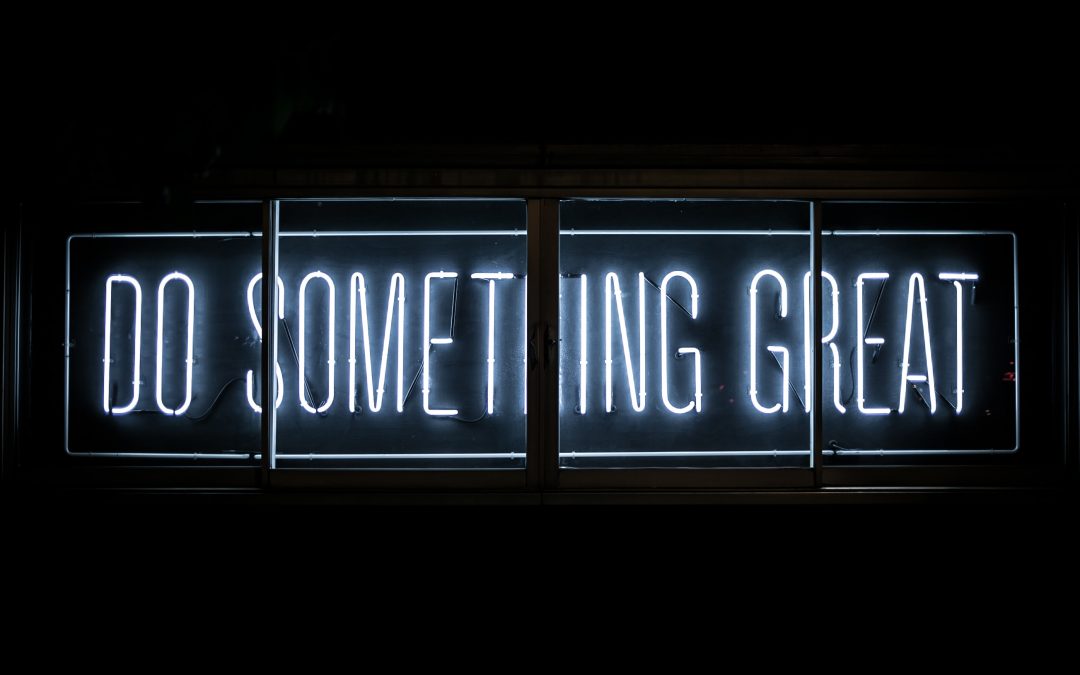
Henry Rollins Interview: Full Transcript
Today I published my interview with Henry Rollins on Forbes about his passion for music, the importance of vinyl in delivering music and the stories behind our greatest artists, and his new venture, The Sound Of Vinyl.
Henry was kind, down to earth, and inspirational to talk to. Our discussion was so interesting I want to share the full raw transcript of our discussion which is below. Please note: this is a literally transcript, so it will read like a conversation as opposed to a written discussion.
Jono: Hey Henry, how are you doing?
Henry: I’m fine and thank you so much for waiting. The interviews are kind of running and I ate half a sandwich so my blood sugar didn’t plummet and I didn’t faint on the phone so I’m so sorry. I ate that sandwich as fast as I could.
Jono: No problem.
Henry: I tasted at least one bite of it.
Jono: I appreciate the future indigestion you’re about to experience. [laughs]
Henry: There you go.
Jono: Awesome. Well, I appreciate you taking a bit of time today.
Henry: No problem.
Jono: You know, I’ve been a fan of your work for not just your music but your comedy as well so it’s a real thrill to chat to you.
Henry: Oh, thank you.
Jono: Yeah, I’ll try and keep this relatively short because I know you’ve probably got a million of these lined up.
Henry: Yeah, whatever you want, man.
Jono: All right cool so to start off with you know when I started listening to music I loved vinyl in a similar way I think a lot of peopled loved the cartridges in the video games world. It wasn’t just the content but it was the packaging, it was the feel. It was the smell when you opened that thing up. What is it about vinyl that makes you so passionate about it?
Henry: Of all of the things that you said, the fact that vinyl has a physical place in the world in that you hold it in your hand, if you drop it, you could hurt it, which gives it more value but I think digital music has devalued the currency of music in that you can run a CD over with car, it still plays, which is fine.
Jono: Right.
Henry: You can stream it but all of a sudden it’s music-in-the-background. Well, what does the album cover look like? I don’t know.
Jono: Right.
Henry: Do you know what you were just listening to for an hour? Music. What was it? I don’t know.
Jono: Yeah.
Henry: Really because some people really sweated and nearly killed the bass player to make that record and shouldn’t you know more about what you’re listening to? And I think the digital experience has distanced a lot of people away kind of all the best parts of music and to me the vinyl kind of welds you to all the good parts of music. First off it sounds better. That’s not up for debate but the fact that you have to manually put it on the record player, flip the damn thing over, not screw up the record by putting the needle on it incorrectly, put it away and store and, like, care for it, like, kinda love it a little, which is weird with an inanimate object but I love my records as much as I’ve ever loved any human being, I think, you know? They’re definitely better friends and so I’ve never had that with a CD.
I’m not putting down the noble CD. It just can’t do that for you. It’s a disc with computer information on it. It’s a buncha numbers. It’s doing the best it can to fool you into thinking it’s playing. It’s just playing a computer’s version of it.
Jono: Yeah.
Henry: It’s a high-resolution drawing made by a computer but there’s no human touch to it except maybe some mastering but there’s no humans on a CD. There’s no music on a CD and I think the human body – me not being a spiritual person but there’s something humans and analog signal – you know it when you hear it but you put on a Miles record on LP, now you’re listening to Miles Davis. You put on a CD, you’re hearing a record with … you’re hearing some music, I guess, and I think that’s it and that’s why I like all of it. I like the physical aspect of it.
Jono: Right.
Henry: I like the fact that it sounds better and the fact that as soon as I have a record on I am immediately am connecting with music on a I-have-a-pulse-I’m-not-dead-yet level and I immediately go into my happy place. I am at my happiest when I’m mainly angry and sad but when I get kind of sort of happy is when the music’s playing and it’s usually vinyl.
Jono: Awesome yeah I could not agree more. One of the things that I read in a piece about you was that you describe yourself as “a vinyl cat lady”…
Henry: Yeah exactly.
Jono: Which I love, what is it about the collecting? I mean you know I couldn’t agree more with you about the experience of listening to vinyl, like when I started listening to music. For me it was primarily Iron Maiden and there was something about those Iron Maiden records, the lyrics, sitting there, looking at the vinyl, I listen to it, what is it about the collection element because I saw pictures of your collection and it’s fucking crazy, like, [laughs] what is it about the collection piece that attracts you?
Henry: I think it could be a very male thing, which I love to have fun and make fun of myself with; we men need to control something. Since men can’t control the force of the universe or women, you might as well be able to control your record collection. Simon Reynolds, the great music writer, does a whole chapter as he describes it perfectly in Retromania where, like, you read it and you’re, like, “ahh.” It’s like when you read High Fidelity. You read about yourself, these pathetic men, you’re, like, “Oh, wait, that’s me.” I like to have these things organized so I can walk into the record room almost with my eyes closed and know exactly where the black Sabbath albums because I know where the “B,” all the “BLA” records are, you know, anything that has “BLA” in the title.
Jono: Right.
Henry: And it’s like just knowing where all the keys on a piano are, where you can almost in-the-dark find the exact record, just because it’s almost like braille. It’s like a tactile relationship and I like the fact that records have prominence, like, usually I have dragged back over one or two continents over weeks in a shoulder bag that’s curving my shoulder blade or my collarbone through multiple airports and tour buses because I’m on the road a lot and I go to record stores in almost every country I go to. I was in 19 countries last year and the only record stores I didn’t get to, I forget, in one or two though they just didn’t have time, but did I get to record stores in Poland and Russia? Oh, hell yeah, I did and bought records, too, a lot of ‘em and so I found records in South Africa. I find records wherever I go and so the fact that you finally lug them home and they’re heavy and the fact that when you eventually move, you might not move because it’s the records are, like, “screw it, honey, we’re staying here until we die.”
Jono: [Laughs]
Henry: “Why?” “Because I’m not putting the records in the Subaru and driving them across town.” “What? You’re divorcing me? Well, okay, I’ll just stay with the records.”
Jono: Shit happens, right?
Henry: “Maybe we could get two houses and I’ll just come and visit” and so I think you know that’s why I like the collection because, I’ve said this before in my little “LA Weekly” column, “you wanna know me? Don’t talk to me about me, go look at my record collection” because that tells you what I’m into but it also describes, with perfect accuracy, my idiosyncrasies, insecurities, quirks and all the things that I think make me interesting. Like why do you have 20 pressings of the Buzzcocks record? Because I love the band, the record changed my life, it’s a masterpiece and I need the pressing from every territory because there’s a different mastering, a different cut and there’s different writing on the label and that tells you everything that I’m a fan and I’m also out of my mind and [laughs] so you wanna know me? Know my record collection.
So and I’m a judgmental old bastard. I have to go, “What music are you into” and when they say, “I’m into all kinds, I’m into everything, I like all music,” I know they’re full of it.
Jono: Yeah.
Henry: Because if you know anything about music you’ll know that you’ll never know how many kinds of music there are or when someone says, “I know a lot about music” I know they don’t because anyone who does knows they don’t know anything about music and you’re nothing but a student. You must be humble because as Sun Ra once said, “Be careful, the music is listening” and so I like collecting because sometimes I don’t listen to music, I just go into the room and I sit with the records. I really enjoy that. I just sit with them because I’m with my ancestors, I’m with my best friends, I’m with the great, genius artists of not only my lifetime but the lifetime of my ancestors. I’m with John Coltrane and Jimmy Hendrix, Sun Ra and Jane’s Addiction, just sitting in my garage.
Jono: Right.
Henry: Do I know them? No but do I really? Yes because I know them through the message of music. What John Coltrane wanted to tell me was not in an interview, it was on the record so do I know John Coltrane? Are you kidding?
I definitely know John Coltrane. Is he my friend? How many times have I listened to “A Love Supreme?” I think he and I are friends and that’s why I don’t necessarily go running to meet a musician. I’m happy just going to the show standing in the back so that young kids don’t run into me and break my hip.
Jono: Oh.
Henry: Because I am you know of the age of osteoporosis so when someone says, “Hey, the band knows you’re here, come backstage and meet them,” I’m, like, “Tell them I said hi” and then I went to the merch booth and bought the t-shirt but I don’t need to meet the band. I just like the records and what you’re trying to tell me, musically.
Jono: That’s awesome, yeah.
Henry: Because when I see the rock star at the airport, trust me, I look and go, “That’s so cool” and I keep on walking because he’s just an angry guy who’s up at 5:00 AM like me and I don’t wanna get yelled at by a guy [laughs] who I have every record of because he’s grouchy, too.
Jono: Yeah, he’s at the office, right?
Henry: What they are as – yeah, what they are as — people are mere mortals who, you know, just befell the earth as we all do what they do in the band room is so extraordinary, that’s kinda all I need to know and I let the naïveté of, like, “what’s he like,” who cares? Listen to what he did. It’s like I don’t wanna meet Charlie Parker, I just want the record. Apparently he was a mean dude but, man, when he plays, you know, he’s an angel.
Jono: Right yeah.
Henry: And so that’s why I like collecting records and, like, that cat-lady angle is sometimes I’m somewhere and I see a record I already have and you see 9 stickers on it, it went from $10.00 to $5.00 to $4.00 to $1.00 and I treat it as a rescue dog, like, “Oh, no one wants you? I’ll take you, I already have 2 of you at home but no, you’re okay with me so I’m gonna take the stickers off carefully, I’m gonna put you in an acid-free, polyvinyl-lined environment, I’m gonna play you lovingly with a beautiful stylus and I’m gonna store you next to your new friends” and I do rescue vinyl all the time. I have so many versions, like 3 of that because I saw one for cheap with no blemishes on it and no one wanted it so I rescued it from Indiana. It’s now with me.
Jono: That’s awesome yeah I mean it seems like from the way you’re speaking and I see it the same way that there was a physicality to music years ago and we’re seeing, obviously, fewer and fewer record shop and you’d go to a record shop and it wasn’t just about buying records, it was getting recommendations, like when I lived in the UK, there was a little record shop in a town in the middle of nowhere and all it stocked was super-obscure Metal and Punk so I’d go in there to buy a record and I’d come out with – I’d spend £200.00 to £300.00 on it, you know?
Henry: Yeah and the guy behind the counter, dude, the guy behind the counter knows every trainspotter fact about that record.
Jono: Right, yeah.
Henry: Right and so here’s what we’re trying to do. Like I used to go to Ray’s Jazz all the time in London.
Jono: Right.
Henry: With those kind of wizened, old Woody Herman experts who would kind of scold you as you bought a record, like, “You’re buying that one but he sold out on that record,” like, “Don’t yell at me, I’m giving you money” and, like, so I’d go, “Okay, well tell me the Stan Kenton record I really need” and they’d come running out and they kind of throw a record into your hand and grab you by the ear and drag you back to the counter and lecture you for another 20 minutes. We’re trying to do that with the SOV website where we don’t get to grab your ear because that’s litigation but when you come to the website, you’re gonna see interviews, like, on-camera interviews of me extracting information from fascinating people from every aspect of the industry from engineers, record-company owners, journalists, record collectors, music fans about everything from how they remastered the Blue Note catalog to the first record they ever bought to their preferred analog playback environment and you’ll see really well-known and somewhat obscure people wax you forth about the vinyl experience and you’ll have access to an insane amount of vinyl . You’ll see Top 10 lists that I’ve written in Starbucks all over Southern California on a weekend because I have no life. There’ll be lots of things for you to read and watch for free, like, you like this record? Go listen. Go stream it, son, go listen to it for free and then wonder what it would be like on vinyl. When you’re wondering, come to see us because we’ve got that sucker and we’ll put it in your mailbox in three days and so that’s what we’re trying to do.
So what they brought me in for is I’m content guy or at least one of them and so I am here a few days a month developing and creating tonnage of content so as this website ages we’re only getting heavier and denser with more stuff to listen to, read, experience and learn from, from how a record is mastered and cut to how it’s pressed, why, why it sounds this way, how to screw it up, how to take care of your records, how not to take care of your records, et cetera. Meanwhile here’s records we think you’ll like. Our computers are working overtime trying to figure you out. The more you tell us about you, the more we can tell you about you and so that’s kinda. We’re a multiplatform, multichannel or multiport way trying to bring – my target is – teenagers, early twenties, you know? People like me we’re already set in our ways.
We don’t believe in global change and we hate the world but an 18-year-old I can get to and I want that young person to buy whatever new artist they like, like the Thai Seagulls of the world but I want them to hear The Velvet Underground and Television and The Stooges and The MC5 on vinyl, thank you very much.
Jono: Yeah.
Henry: I want them to have their minds blown by stuff their grandfathers, literally, grew up on. I want them to hear The Clash on vinyl, you know, and all of that or any record they would’ve streamed now as they do on their phone, I want them to put out hard-earned money and get a record that they’ll preserve and give to their kids, like 20 years later, if you take care of a record it still sounds good. I have records I’ve been playing for three damn decades now and they still sound and I took good care of ‘em, they sound great, and so that’s what we’re trying to do on this site, educate, illuminate and spark the curiosity of and provide a direct-to-customer vinyl service.
Jono: So on that front one thing that I was curious to ask you was so outside of writing, you know, what I do during the day is I build community is for organizations and so when I was looking at this, it really excited me because it seemed very much about building a community around vinyl and obviously for a long time there’s been audiophile communities where people debate online about high-definition and amps and which Petri, Marantz or McIntosh amps they’re buying and which tubes they’re using and there’s obviously a community around-the-world right now of people who already listen to vinyl and that seems to be much more about the musical experience of it. How do you see? It sounds almost like there’s a bit of a blend of both here with Sound of Vinyl that it’s the ideal vinyl experience but it’s also, like, the music and that relationship you have with those artists, right?
Henry: Yeah I mean what I want and I think I can speak for all of us, we want people to get that good-time, analog, visceral gut-punch.
Jono: Right.
Henry: When someone says some inanity, like, “I love this record, I love this music” where you truly love this music because the vinyl made it sound so good. It delivered it right to your bone marrow.
Jono: Yeah.
Henry: It’s now encoded in your DNA. You’re never coming back from this experience. You just want it again and again and again and a different one as good so there’s that, anything beyond that as far as, like, paying $5000.00 for a 2-foot cable that’s kind of icing on that basic gut-punch, visceral-love cake, I am both. I want the sound and all of that. I’m also a ridiculous audiophile. I think you can have both in that you can have a so-so system that you’re looking maybe to upgrade one day like get a better turntable or whatever, it’ll be nicer to your records, or maybe get a better stylus at some point but, man, if you have anything that communicate sound, like, from stylus through the speakers, you are 99 percent there.
That other 1 percent is just like the speaker upgrade and none of that matters that much in that an audiophile system, like the ones I have, you will levitate off the couch when you hear stuff on my system. It’s worth every penny but I get the same “Yay, I have a record on” when I’m listening to a, you know, a $4.00 record player because it’s still the music coming at me analog so I think you can have both. If it were me I’d be getting a good system that I can afford and I’d be looking to upgrade, either by getting a good turntable used or a medium turntable new or just switching up because people write me all the time, like, “Dude, I work at a Starbucks, what can I afford?” I’m like, “Well, here’s some brands that like you’ll – here’s this brand and this model, it’s a little pricy but you’ll never need another turntable for as long as you live.”
Jono: Right.
Henry: Like I’ve had mine – my 2 of those – for 20-some years and I don’t need another record but then there’s, like, the $35000.00 turntable, which you don’t need. It sounds good but you don’t need it. The $200.00 one does just fine and so what we wanna do is just give them really good repressing and really great limited editions of good-sounding new vinyl because we don’t sell used, we sell new and we just want that to be great. What they do otherwise like with all the sterophile magazines of the world and all that, you know, trainspotterness, you know, that’s up to them on the weekend. Sadly I am one of those guys. I paid way too much for stereo gear but I think that until I sit down and play it and then I’m reminded it’s worth every single penny.
Jono: Yeah awesome, I’ve got I think just one more question for you.
Henry: Sure.
Jono: So obviously you know a big chunk of this is gonna be encouraging newer bands to be releasing on vinyl and it seems like — today it seems like – a lot of bands see vinyl as primarily a medium for the quote/unquote “collector’s edition” as opposed to you know they look to maybe digital or to CD’s for broader kind of you know distribution.
Henry: Yes.
Jono: Of their records, what’s your thinking there?
Henry: I agree.
Jono: How do we get more bands interested in releasing vinyl?
Henry: Okay I agree but I also – I would posit that that is a temporary situation in that a lot of people might say, “Well, vinyl’s for the collectors, I’m just gonna listen to music outta my phone through my Bluetooth, through my car speaker so I’m in traffic all day and I can’t put a turntable in my damn car.” I get all of that. I just think that more and more people – obviously, we’re seeing that vinyl sales are going up, turntable sales are going up, which means people are going from no vinyl and no system to a system and vinyl and so I think that faux elitism is going to go away because when I was young you just bought a record because you wanted to hear the music. It wasn’t like, “Oh, you buy LP’s, what, you’re all cool now?”
Jono: Right.
Henry: I’m a person of the ‘60s and the ‘70s. It’s just what you did, you know? It’s like sticking a fork in your food. This is how you eat and so I understand how some people might say how it’s a collector-boy thing and I know how some labels are kind of skewing it towards that now-and-then but I also think that a lot of bands like your Dinosaur Jr’s and your Thai Seagulls, like real analog people, they have the unlimited black-vinyl pressing, yeah, they got the colored vinyl for trainspotters like me because I’m always going for that but they have the unlimited non-elitist, you know, just put a damn record on and get down, black-vinyl pressing at a nominal price. And so I think that elitist tag or that collector-boy tag, I think that’s kind of falling off in real-time, like right in front of you like if you came back next week, half of the tag would’ve fallen off that and I think in a few more Record Store Days from now, give it a few more years, when you have a few more hundred-thousand turntables in homes all over the Western World, I think we’re gonna be kinda sorta back to where we were, like when I was young, like, you just bought a damn record and if you had a car, you bought the cassette maybe or you just made a tape at home and if that turns into making a CD-R at home outta your laptop so be it but I think more and more an LP is just turning into that thing you buy, hence the reason why so many LP’s come with a download card because, you know, you still want it on the phone and on the CD player or whatever.
Jono: Yeah.
Henry: Yeah so I think things are changing because the proof is in the pudding. You take the uneducated ear and you give them a night of vinyl and they’re, like, “Wow, that was really meaningful, I damn near wept,” it’s like, “Right, because you’re hearing the real thing.” You’re never gonna get that from a CD and with vinyl I mean you kinda get that in buckets. It’s like a monsoon and so I think once you have that epiphany because I never had the epiphany because I never didn’t have a record player but when these younger people who kinda grew up with a laptop on their legs because you know they’re born in the ‘80s or ‘90s, whatever or even at this point born in the 2000’s, when they have that revelation go, “Oh, this is more than I thought it could ever be” I don’t think you ever get those people coming I mean that they never recover from that initial punch. The only that limits them is their wallet because sadly vinyl isn’t, like, $2.99 when I was young. It is what it is. It’s bloody expensive to make it, to ship it, it is what it is.
It’s a resource that is you know so you’re gonna pay so you’re not gonna be buying records like you’re gonna be streaming but maybe the stream inspires you to save up and get that record. I think you can have all of it. I think there’s enough used records and enough people with enough income to have new records going, you know?
Jono: Yeah, awesome.
Henry: I mean I buy one-to-three records every day. That’s my rule. I haven’t bought any records yet today but by sundown I will have purchased a few records. It’s a law. I buy one-to-three records a day. Oh wait, I got two eBay things coming up.
Oh no those are non-vinyl. I’m always on Discogs. I’m always on websites looking around. I go to record stores. I get records sent to me and I get solicited by SOV.
Jono: Right.
Henry: And so what we wanna be is one of your options so you can be like me, looking to always buy a record, always be looking to acquire vinyl. Life is short. Have more records next week than you do right now. And you will be much happier.
Jono: Could not agree more.
Henry: And you should get them from us. That’s a really good idea.
Jono: [Laughs] Well, I – yes, I mean, thank you so much for taking a bit of time today and I think what you’re doing is awesome and it’s important and it’s bringing the experience of music back as opposed to just the access
Henry: Yeah.
Jono: You know just let me know if there’s anything that I can do in any way to help.
Henry: Oh, I appreciate that. That’s really cool of you. Yeah bottom line we’re trying to turn people into fans instead of just mere customers.
Jono: Yeah, totally, totally agree. Awesome well thank you, man, I appreciate it. I’m gonna get this written up and it’ll probably out in I think mid to late-October.
Henry: Perfect.
Jono: Awesome, pal. Thank you and have a good day.
Henry: ‘Kay, see ya.
Jono: Bye.

The Risks of Unsolicited and Automated Engagement
As someone who helps organizations to build communities with prospective members and customers, I am always on the lookout for effective methods and techniques for building authentic, valuable engagement. Sadly, as part of this, I often see cases where people get it wrong too. I want to share one such example here.
Bark is a website that provides a service where people can find service providers such as gardeners, plumbers etc. They seem to have around 20 million users and a good TrustPilot rating. I have never used Bark before so I have no idea how good their service is, but it seems their engagement approach is broken.
Now, to be clear, my goal here is highlight a problem and propose a solution. While Bark are the company in question here, they themselves are not the focus of this article. I am less interested in them and more interested in the topic of unsolicited and automated engagement, irrespective of who it is. This is why I didn’t use Bark in the title of this post and I have not optimized my SEO around their name: they are merely a current example (and hopefully they will fix this).
The Problem
Recently I started getting a bunch of emails from Bark in a fairly short timeframe:
Each one looks fairly similar. Here is an example:
Now, a few key notes here:
- I have never signed up for Bark, never used the service, never had my badge scanned by someone from Bark at a conference, and never given permission for them to email me.
- I am not a lawncare professional (quite the opposite, I am a shitty gardener).
- I don’t live in Solihull. I live on the other side of the planet in California.
After I got the third email I reached out to Bark via Twitter to ask why they are contacting me. They asked me to continue the conversation in a Direct Message. I am not sharing those messages here because I don’t believe in posting private conversations.
In a nutshell, I was informed a colleague got my details online and must have got it wrong about my expertise in lawncare. I asked where they got my details from and they said from my contact page.
When I informed them that spamming is illegal in England, they assured me that the precautions they take in the emails they send (e.g. including an opt-out link) mean their emails operate within the law.
Issues and Solutions
As mentioned above, I have no animosity to Bark themselves, and I am sure they are good people trying to do good work (in fact, their people responding on social media were lovely), but there are flaws in this current model. Let’s cover these and some proposed solutions.
Ensure your emails are accurate
As shown above, the emails I got from Bark were simply broken in the two most critical areas: the service sought and the location. As someone who isn’t a gardener living in California, I am of literally no use in this correspondence.
This means that Bark is wasting my time (opening and reading the email) and wasting their resources (e.g. sending out the emails, trying to connect customers and providers etc).
One would assume this simply providers no value, but it is worse as it now cements Bark in my head as an incompetent organization to get this so wrong.
Solution: always ensure your emails in any context are (a) accurate, (b) personal, and (c) provide value. There is an uncanny valley in emails: people can often spot if they are automated. If you do automate (which is totally fine in many scenarios), it should be personal and offer relevant value.
Don’t send valueless unsolicited email
Now, it is easy to be snippy about unsolicited email, but it is not bad in all scenarios. Importantly, people judge unsolicited email in three areas:
- Who sent it
- The value of the content
- The relevance of the content to the reader
Some unsolicited emails are helpful. For example, when someone out of the blue emails me about hiring me it is of value. As per above, (1) the person themselves sent it, (2) it relates to my area of expertise and business, (3) I can probably serve those needs.
In this case, (1) some random company sent this to me, not the person themselves looking for business, (2) the content as discussed above is entirely mismatched to me or my location, and (3) see #2.
Solution: firstly, you should never send emails to people have not indicated in some form they are happy to get them (e.g. having a badge scanned at a conference or agreeing to receive email). Secondly, always ensure this content is highly tuned to the reader: make it personal, make it demonstrate value specific to them, and include the integrity of the sender in it. Unsolicited email can be used for good but as a general rule it is broadly abused and then it is filed in the spam folder where it never gets looked at.
Don’t scrape contact details
In this instance, it seems my contact details were pulled from my public contact form. Now, to be clear, I put my email address there (it is not hidden).
The issue here is twofold.
Firstly, when I created my contact page, I intended for people to contact me directly with questions, queries, and potential collaborations. I don’t put it there to get unsolicited email.
Secondly, I am convinced that the reason why the original email to me was so inaccurate (lawn services and me living in Solihull) is because they tried to find corrosponding information in some scraped way (or with a minimal level of human effort). Quite how they got to lawn services I don’t know. I did used to live near Solihull at least…
Solution: don’t scrape contact details from the Internet. It is unwanted, it doesn’t work well, and and it offers little value for everyone involved.
Don’t use the law as a defence for poor engagement
When I queried Bark via DM about where they got my contact details and informed them that spamming is illegal in the UK, their response was that they are operating within the laws of the UK. I believe this: I am not suggesting at all that Bark are breaking the law, I don’t think they are.
The problem with this response though is that it is needling out of the problem. Sure, they are working within the parameters of the law, but are they working within the parameters of how people like to be treated online?
I don’t think so.
Solution: don’t send unsolicited email, as outlined above.
Brand Harm
The core of my philosophy with how companies should build communities and engage with their customers/users is that it should be authentic. In a nutshell, treat your customers as you want to be treated yourself.
When we automate away the personality of a service, when we forfeit due diligence in the interests of growth, and when we deliver an experience that puts the other person in a position of being bombarded with content they didn’t ask for, it erodes brand confidence.
I think this is happening here. Just a few small examples:
This is just a few small examples. Visit, their Twitter feed has more.
Firstly, it is clear this behavior is irrating a lot of people. If I was running Bark, I would immediate change this course of action.
Secondly, the common responses from Bark to these frustrations are (1) we were just trying to help a client find someone, and (2) it was in error, it won’t happen again. For the former, this is a weak answer as their methods of finding a service provider are clearly broken, mismatched, and not adding value. It is one thing to get an uninteresting request for one of their clients, but another to get totally irrelevant unsolicited email For the latter, this error appears to be happening so much that I frankly question whether they are trying to resolve the errors as a systematic way (to fix the broader problem) as opposed to an individual level (to simply unsubscribe people).
What’s Next?
I believe sunlight is the best disinfectant and I always admire companies who are open about both their successes and failures. It reminds me when GitLab had their downtime incident: instead of battening down the hatches, they spun up a Google Doc, a live YouTube stream and brought their customers in to help rectify the issue. They got a lot of goodwill from their community.
If you work for an organization where this article smacks a little close to home, I would be open about it, identify where there are failings, and bring your customers in where they can help you to understand the primary value they are seeking and how you can craft that. People respect humility in cases of failure.
The reason I am writing this is because I suspect the folks at Bark are good people making some mistakes, and I suspect other companies are making similar mistakes, so I figured this might be a useful article to mull on.
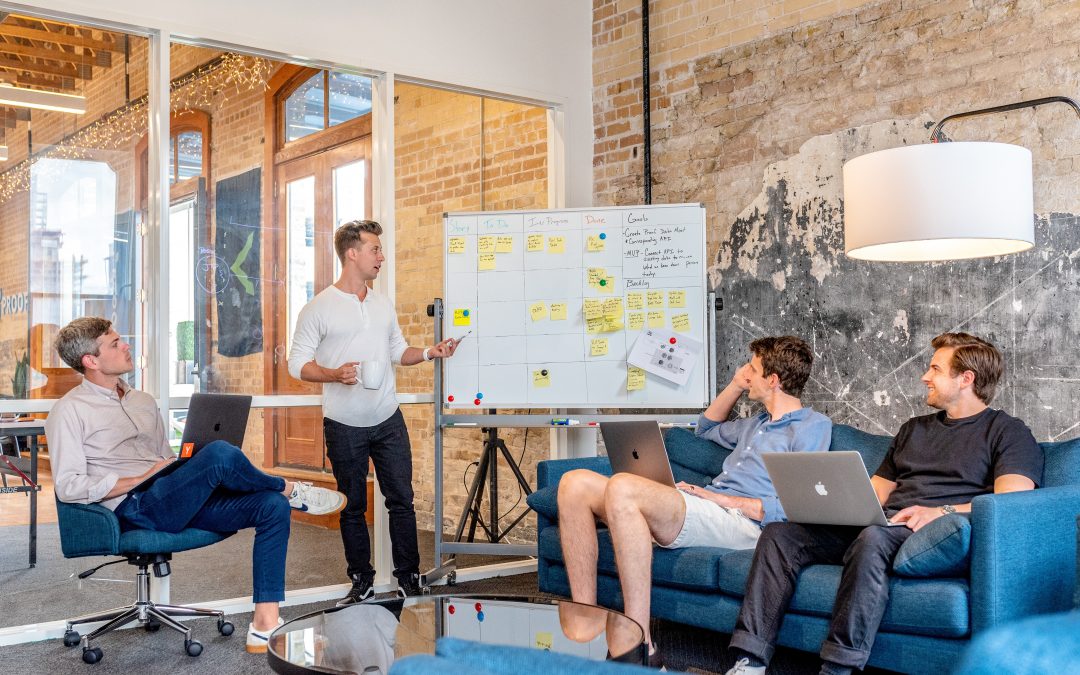
The Value of Failure and Feedback: A Guide
When people are huddled at a conference or professional event, the subject often turns to the value of failure and embracing feedback. “It is the key to self improvement!”, many chant, channeling their inner self-help gurus, Sadly, many don’t quite practice what they preach.
Seeing the value in critical feedback and the lessons that failure can offer is a tough pill to swallow. For those confident in their capabilities, their social standing (in their companies/communities etc), and their abilities, the pill goes down a little easier. For those who experience imposter syndrome, feel insecure about their work, or are new in their careers, it is more difficult.
Here’s the thing: these are not binary personalities. While some people are overly confident about themselves, and some people are overly insecure about themselves, most people have a blend of both. As such, even the most confident people can feel the sting when they get critical feedback or screw something up. This is a guide with some things I have learned over the years about how to turn feedback and failure to your advantage.
The Ideal Blend
In my not-so-humble opinion, the perfect blend of a human being is confidence in their ability to execute and accomplish their goals, but with a healthy dose of awareness of their current limitations. Let’s face it, overly confident people are often not just at risk of being swallowed up by ego, but can also lack the empathy to understand other folks they need to work with who don’t share the same confidence.
An understanding of our current limitations is healthy. When we understand we are not great at something, but we are eager to learn and improve, it opens us up to counsel and tuition. The confidence piece plays an important role in helping us to remember: “I might suck now, but I am going to learn and get better”. When we have this in our heads it makes the journey more palatable: we know that our failure to succeed right now is temporary and it will improve.
As an example, historically I was an awful cook. When I moved to the US I barely knew how to cook an egg. I was just never interested to learn. Then, I decided to learn to BBQ (after eating some mind-blowing brisket and deciding I needed to make that in my back yard). I started smoking brisket, then pork, and then ribs. Of course, it was all awful and my family suffered through painful bite after painful bite with a lego-like fixed grin on their faces to offer their (at times quite reasonably muted) encouragement.
When I started BBQing though I knew I was at the start of my journey. My previous experiences learning new things (e.g. community strategy, programming in Python, playing the guitar/drums) taught me that we all suck at first. While it was awful, and the failure of making terrible food at family gatherings stung, I knew this was just part of the journey. It would not suck forever, and that focus on the journey helped to seal my confidence to keep succeeding. Importantly, the failure shone a light on where I need to look to improve.
Failure
So, let’s first dig into failure.
When we think of “failing” we typically think of screwing something up. We didn’t deliver a great talk, we didn’t handle a conversation with a peer/boss/customer very well, we didn’t deliver a project on time, the thing we did deliver didn’t work, etc.
Like many things, failure has two pieces to it: a logical and emotional component.
The emotional piece is the thing we feel. It is the embarrassment of getting it wrong, the fear of leaving a bad impression, that we wasted an opportunity, or that we may be on the chopping block at work for getting it wrong. While feelings are important and we should care about them, feelings are also ludicrously inaccurate in many cases, and particularly when we fail. That knot in our stomach makes it difficult to shake the emotional hold failure can have and this is why so many people get so stuck in the mud with failure: they spend too much time feeling it rather than thinking about it.
This is where the logical component comes in. Every failure involves a flow chart of what happened and what led to that failure. This is often a set of connected individual pieces, each with an in-point (what information did I have?) and an out-point (what did I need to deliver?). When we construct this flow-chart and try to assess where things went awry, this is where we find our learning moment.
That learning moment is the key to harnessing failure. Here is the key thing to remember: the emotional bit (e.g. the embarrassment) in almost all situations will pass. Remember what I said earlier about sucking at the beginning of learning something? That is because learning is a journey. So too is failure: failure has a beginning, middle, and end. As such, when you get the knot in your stomach after a failure, just tell yourself that (a) this knot will pass soon, and (b) focus your mind on constructing the flow-chart and finding your learning moment.
Let me illustrate this with an example. Years ago I was offered a keynote at OSCON (a large tech conference). It was a huge opportunity in my career, and I was informed the keynote was to be ten minutes long. I had another full talk (45 mins) at OSCON to prepare too and I put that together and then focused on the keynote.
I struggled: I kept questioning what value, if any, I could reasonable deliver in 10 minutes. I like to make my talks flow like a story and I was worried it would all be a bit forced and rushed in 10 mins. I was over-thinking it, but I tried to put together something decent and see how it went.
While the audience seemed happy, I was the opposite. I was mortified. I felt it didn’t represent my standards of content or delivery, and my confidence took a jolt. I asked a close friend for his review and he said “you have done better”, which was his polite way of putting it. It put a cloud around the rest of the day (the emotional bit). I felt embarrassed and that my career took a hit.
Then, while discussing it with the same friend, he said:
“Look, some people are good at writing novels and some people are good at writing short stories. You are good at novels, but your short stories need work”.
This was transformative feedback. I now knew I was on day one of a new journey, and the failure shone the light on where I needed to go. I went home, I watched countless short keynotes on YouTube, asked friends for guidance, and I learned just what is possible in ten minutes. I practiced, delivered some more presentations, and not only did I learn the “short story” skill, but it helped my other presentations to be more concise and focused too.
Feedback
A key piece of that story about OSCON was the provision of feedback from my friend, Stephen Walli. He didn’t sugar-coat it, but he delivered it constructively and it helped to track down where the missing piece was. This was like finding the clue in a crime scene that helps the investigation go in the right direction.
Soliciting feedback is essential in growing and building capabilities. It is also a little nerve-wracking: by opening yourself up to feedback you are also at risk of hearing some feedback that may bring on that knot in your stomach. The same applies here: train yourself to focus on the logical component as opposed to the emotional component.
Soliciting constructive feedback has two key parts:
- When you get feedback, you need to always be receptive and never defensive or frustrated.
- To receive great feedback, you have to build a permissive relationship with others that means they can share it without worrying about you being…well…defensive or frustrated.
For (1), this takes practice. When you get some critical feedback always do the following:
- Thank the person for their candor.
- Ask them questions to ensure you fully understand the feedback being provided (always try to reduce making assumptions, they are often wrong).
- Make it clear that you would also welcome additional feedback in the future for ways to improve.
- Thank them again.
You want to engineer a situation here where while they may be a bit nervous about sharing some feedback, they will feel thanked and rewarded for doing so. This will not only make them feel good, but it will also give them a wonderful impression of you and your maturity in accepting feedback and input.
The next piece to to build a permissive relationship with others around feedback. This is something you should do with everyone. Here are some recommendations:
- Regularly tell people that you want to have a full-disclosure relationship and while you love hearing the praise, you also want to hear when you can improve.
- Share stories about how critical feedback has helped you to improve and be better.
- When others provide critical feedback in a group setting (e.g. a team meeting), follow the bullet points above about thanking them, asking questions, and being receptive. Showcasing this in front of a group is a great opportunity.
- Write on your blog, social media, and elsewhere that you value constructive feedback and provide examples.
Now, it is important to clarify: this is all about constructive feedback. It is important to remember that you have a choice in whether you accept or reject feedback. If someone is clearly being an asshole, just ignore it. Don’t give them your attention.
A Final Note
Much of what I am talking about here is a philosophy known as stoicism. In recent years I have become an ardent fan of learning how to approach problems in a stoic way. It provides a plate of armor for handling many tough situations. Here are a few books I recommend on the topic:
So there we have it. Not sure if any of this is helpful, but it struck me that it might be worth sharing.
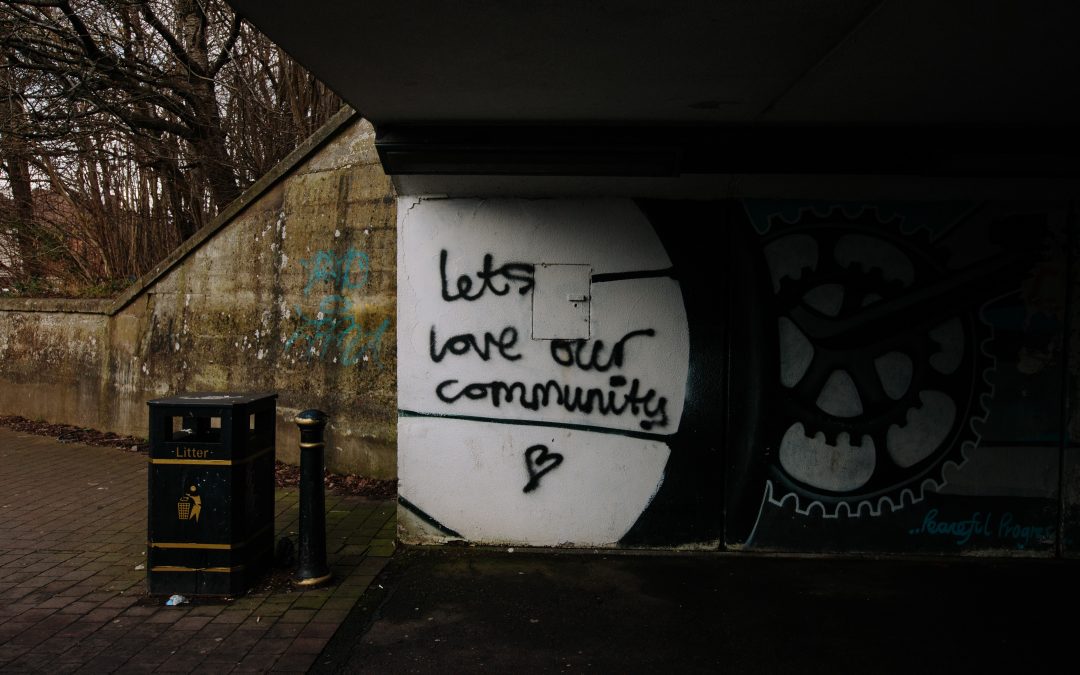
Sous Vide For Nerds (With Limited Cooking Experience)
Something a little different to share today, but important if you are (a) not especially gifted/interested in cooking, (b) love great food, and (c) are a bit of a nerd. Sous vide is the technique, and the Joule is the solution.
Sous vide is a method of cooking that involves putting food in a bag and submerging it in a water pan that is kept at a regulated temperature. You then essentially slow-cook the food, but because the water that the food is in is so consistent in temperature, it evenly cooks the food.

The result of this is phenomenal food. While I am still fairly new to sous vide, everything we have tried has been a significant improvement compared to regular methods (e.g. grilling).
As an example, chicken is notoriously difficult to cook well. When I sous vide the chicken and then sear it on the grill (to get some delicious char), you get incredible tender and juicy chicken with the ideal grilled texture and flavor.
Steak is phenomenal too. I use the same technique: sous vide it to a medium-rare doneness and then sear it at high heat on the grill. Perfectly cooked steak.
A particular surprise here are eggs. When you sous vide an egg, the yolk texture is undeniably better. It takes on an almost custard like texture and brings the flavor to life.
So, sous vide is an unquestionably fantastic method of cooking. The big question is, particularly for the non-cooks among you, is it worth it?
Sous vide is great for busy (or lazy) people
Part of why I am loving sous vide is that it matches the formula I want to experience in cooking:
Easy + Low Effort + Low Risk + Minimal Cleanup = Great Food
Here’s the breakdown:
- Easy – you can’t really screw it up. Put the food in a bag, set the right temperate, come back after a given period of time and your food is perfectly cooked.
- + Low Effort – it takes a few minutes to start the cooking process and you can do other things while it cooks. You never need to babysit it.
- + Low Risk – with sous vide you know it is cooked evenly. As an example, with chicken, it is common to get a cooked outer core (from grilling) and it be uncooked in the middle. As such people overcook it to prevent the risk. With sous vide you just have to ensure you cook it to a safe level and it is consistently cooked.
- + Minimal Cleanup – you put the food in a bag, cook it, and then throw the bag away. The only pan you use is a bowl with water in it (about as easy to clean as possible). Perfect!
Thus, the result is great food and minimal fuss.
One other benefit is reheating for later eating.
As an example, right now I am ‘sous vide’ing’ (?) a pan full of eggs. These will be for breakfast every day this week. When the eggs are done, we will pop them in the fridge to keep. To reheat, we simply submerge the eggs in boiling water and it raises the internal temperature back up. The result is the incredible sous vide texture and consistency, but it takes merely (a) boiling the kettle, (b) submerging the eggs, and (c) waiting a little bit to get the benefits of sous vide later.
The gadget
This is where the nerdy bit comes in, but it isn’t all that nerdy.
For Christmas, Erica and I got a Joule. Put simply, it is white stick that plugs into the wall and connects to your phone via bluetooth.
You fill a pan with water, pop the Joule in, and search for the food you want to cook. The app will then recommend the right temperate and cooking time. When you set the time, the Joule turns on and starts circulating the water in the pan until it reaches the target temperate.
Next, you put the food in in the bag and the app starts the timer. When the timer is done your phone gets notified, you pull the food out and bingo!
The library of food in the app is enormous and even helps with how to prepare the food (e.g. any recommended seasoning). If though you want to ignore the guidance and just set a temperature and cooking time, then you can do that too.
When you are done cooking, throw the bag you cooked the food in away, empty the water out of the pan, and put the Joule back in the cupboard. Job done.
Now, to be clear, there are many other sous vide gadgets, none of which I have tried. I have tried one, the Joule, and it has been brilliant.
So, that’s it: I just wanted to share this recent discovery. Give it a try, I think you will dig it as much as I do.

Joining the data.world Advisory Board
I have previously posted pieces about data.world, an Austin-based startup focused on providing a powerful platform for data preparation, analysis, and collaboration.
data.world were previously a client where I helped to shape their community strategy and I have maintained a close relationship with them ever since.
I am delighted to share that I have accepted an offer to join their Advisory Board. As with most advisory boards, this will be a part-time role where I will provide guidance and support to the organization as they grow.
Why I Joined
Without wishing to sound terribly egotistical, I often get offers to participate in an advisory capacity with various organizations. I am typically loathed to commit too much as I am already rather busy, but I wanted to make an exception for data.world.
Why? There are a few reasons.
Firstly, the team are focusing on a really important problem. As our world becomes increasingly connected, we are generating more and more data. Sadly, much of this data is in different places, difficult to consume, and disconnected from other data sets.
data.world provides a place where data can be stored, sanitized/prepped, queried, and collaborated around. In fact, I believe that collaboration is the secret sauce: when we combine a huge variety of data sets, a consistent platform for querying, and a community with the ingenuity and creative flair for querying that data…we have a powerful enabler for data discovery.
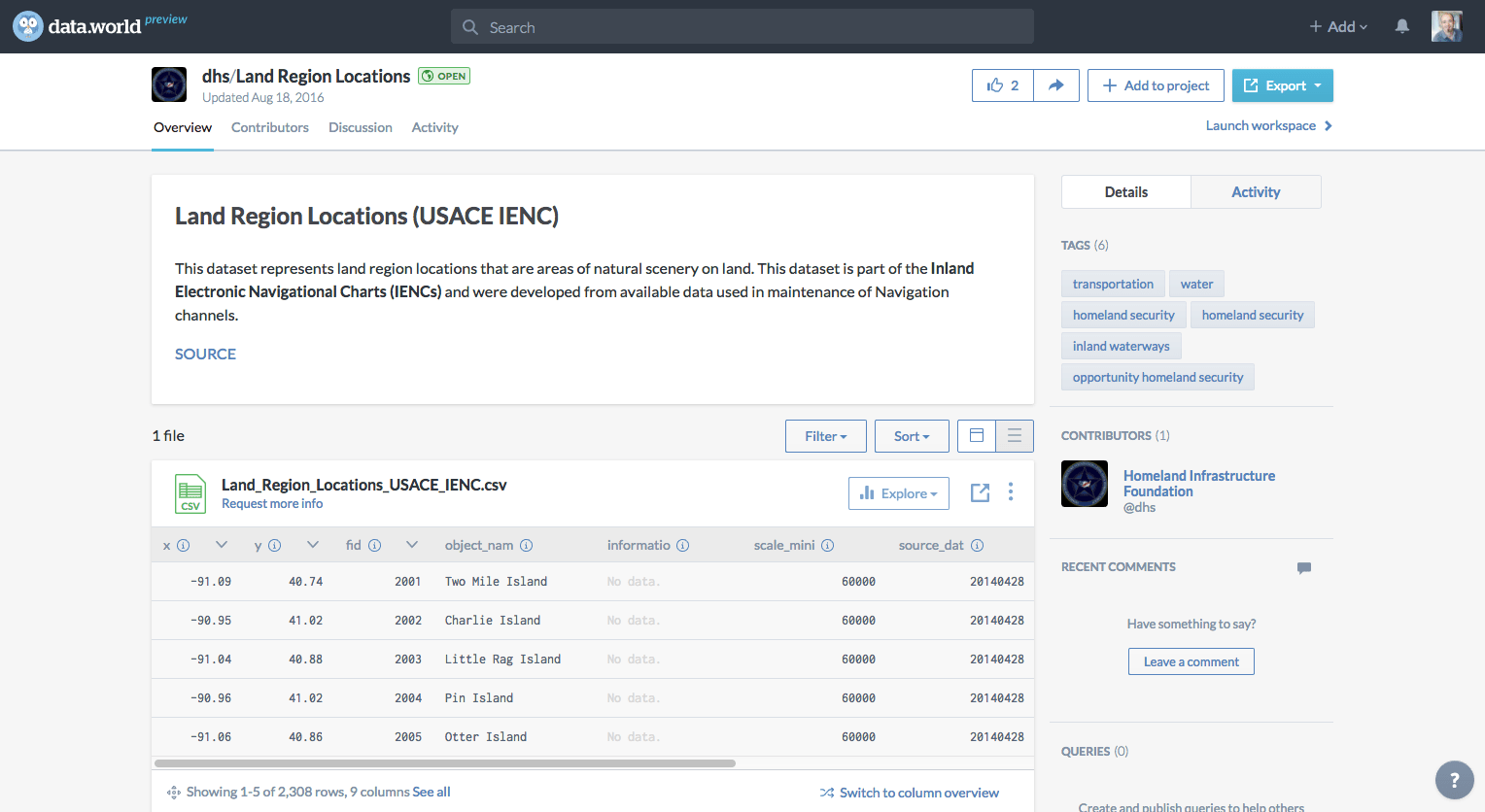
data.world provides a powerful set of tools for storing, prepping, querying, and collaborating around data.
There is a particularly pertinent opportunity here. Buried inside individual data sets there are opportunities to make new discoveries, find new patterns/correlations, and use data as a means to make better decisions. When you are able to combine data sets, the potential for discovery exponentially grows, whether you are a professional researcher or an armchair enthusiast.
This is why the community is so important. In the same way GitHub provided a consistent platform for millions of developers to create, fork, share, and collaborate around code…both professionals and hobbyists…data.world has the same potential for data.
…and this is why I am excited to be a part of the data.world Advisory Board. Stay tuned for more!

Video: Measuring Community Health
Community health is a struggle for many organizations. What does “health” mean, what are the dimensions we should be measuring, and how do we measure it? Can we really measure things such as how happy, impactful, and fulfilled people are, or is it just the nuts and bolts of participation?
Community metrics is a pretty over-baked topic with a million different ways of thinking about it. I take a fairly simple approach: focus on which improvements you want to see in your community, measure those things in a specific and intentional way, and respond to the data with new measures and approaches. We should then test these changes to ensure they have the desired effect. When we do this well, we are able to generate the kind of community behavior and patterns we want.
Here is a presentation I delivered recently that provides an overview of the topic and plenty of pragmatic guidance for how you put this into action:
If you can’t see the video, click here.
In it I cover areas such as tangible vs. intangible participation, how to measure active participation, the role surveys play in gathering feedback, the role of dashboards, using observed data points to measure in-person events, reputation track (and delay), and more.
I am always wanting to learn new and interesting ways to track this work, and how to do it efficiently, so be sure to share your ideas in the comments.
You may also want to see my Effective Project Management and Building Community Leaders pieces; both of which feed into community health.

